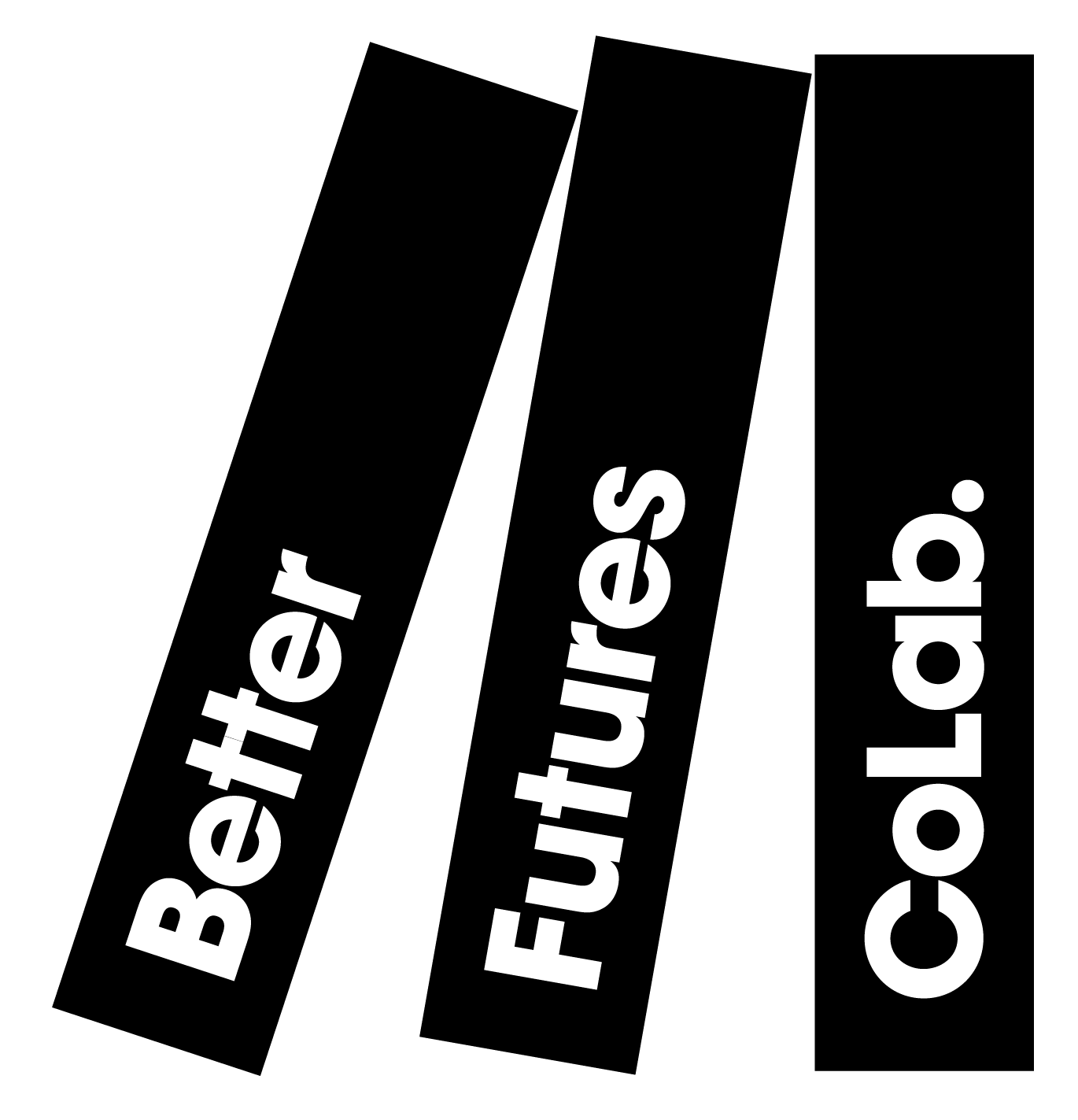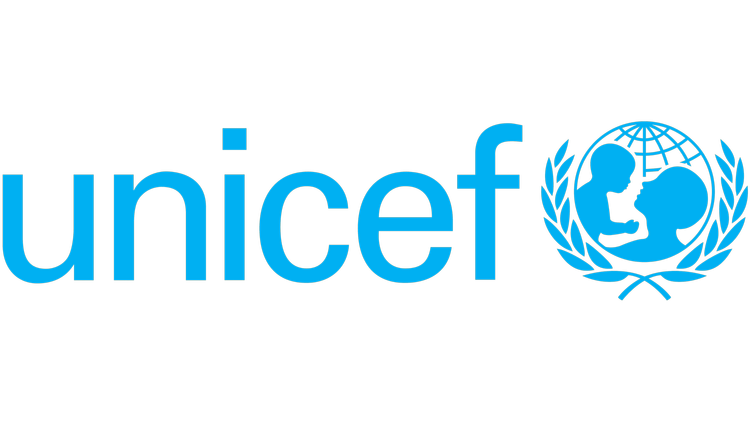Oxygen-as-a-Service
We are testing Oxygen-as-a-Service models which allow health facilities to pay vendors for oxygen availability, rather than purchasing equipment outright, through a portfolio of on-the-ground pilots.
Services-based purchasing models for oxygen could tackle the unique challenges faced by facilities at lower-levels of care
Improving products alone will not increase access to oxygen in low-resource contexts: machines break or may be used incorrectly. Alongside product innovation, since PATHs 'Oxygen as a Utility' Report in 2020, there has been a recognition that there is potential for service model innovation to break the cycle of technologies ending up in equipment graveyards. Oxygen-as-a-Service (O2aaS) models are emerging as an innovative solution tailored to the oxygen access challenges present in under-resourced settings. Rather than just selling equipment, services-based models provide integrated solutions bundling concentrators with cylinders, pulse oximetry, maintenance, training, and technical support. Health facilities pay recurring fees based on service delivery outcomes, not capital assets.
Just as with electricity or water, governments and/or facilities pay for oxygen as a reliable utility. If something breaks (as it often does), suppliers are responsible for fixing it. The management and functioning of the oxygen system is the supplier's sole responsibility, so that health workers can focus on delivering quality healthcare. By externalising maintenance and costs, these models can overcome many of the limitations of traditional purchasing (upfront cost, unpredictable cost, skill gaps, etc). Therefore they hold immense potential for closing oxygen access gaps and preventing unnecessary deaths in low-resource settings.
Our Oxygen-as-a Service portfolio: testing services-based models across different contexts
We believe that concentrators (and other small-scale solutions) delivered through Oxygen-as-a-Service (O2aaS) could be appropriate in several facility archetypes facing specific contextual constraints.
We work with a range of brilliant pilots who are testing O2aaS models in five different places. They are deepening our collective understanding about what works, where, and how across the following four different facility archetypes.
Lifeline Health Centre: Small healthcare facilities serving isolated communities with basic clinical services.
District hospital: Secondary care facilities providing comprehensive and specialty services but struggling with limited staff and fragmented infrastructure.
First referral hospital: Mid-sized facilities serving as the first port of call for referrals—responsible for stabilising and treating critical patients.
Comprehensive health centre: Small but relatively well-equipped facilities providing comprehensive outpatient and basic inpatient services.
Our Oxygen-as-a-Service Portfolio
The impact of Oxygen-as-a-service on accelerating product innovation
If our evidence shows us that there is strong potential in Oxygen-as-a-service business models we hope to encourage greater product innovation, in a virtuous loop. The real world failure points from O2aaS will continue to inform product development, and conversely the better the products, we believe the more successful O2aaS has the potential to be. The two networks of product and service innovation will learn from each other and grow together.
Key Resources and insights from the CoLab network
Learnings from the field: the first 9 months of implementation
Learnings from year one on the Oxygen CoLab: Why O2aaS is needed
LATEST NEWS













